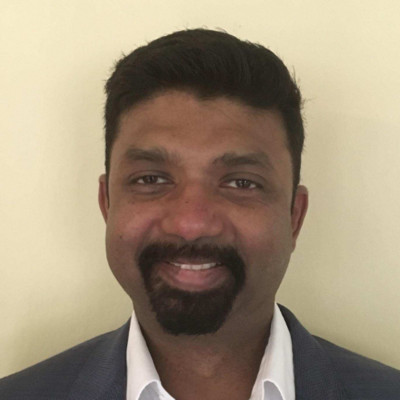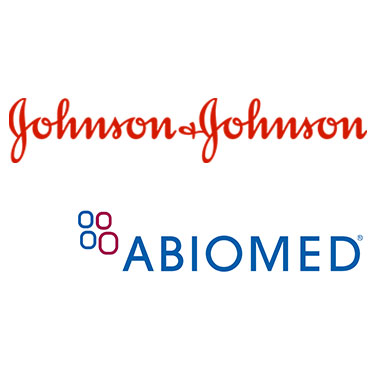

Pulvinar Neuro has received a $3 million dollar NIH grant to further its research on noninvasive transcranial alternating current stimulation for the treatment of depression.

Pulvinar Neuro has received a $3 million dollar NIH grant to further its research on noninvasive transcranial alternating current stimulation for the treatment of depression.

Large sets of data are collected throughout the surgical continuum, but are chief medical officers and perioperative leaders able to use that data to drive clinical, operational, and financial improvements? Embracing data-driven surgery can help HCOs make use of their data to improve care, reduce costs and better manage staffing and workflow.

In leveraging the valuable insights delivered by real-time location systems (RTLS) technology, hospitals and healthcare facilities are able to undergo the kind operational overhaul they so desperately need, boosting ROI while simultaneously allowing for better working conditions for staff as well as more focused, immediate care for patients.

Smart hospitals are revolutionizing health care with the help of AI, IoT and robotics. Following are the latest technology and data analytics tools and trends that are helping these hospitals of the future provide safer, more personalized care.

Unified communication systems can improve staff efficiency, while enhancing patient outcomes and staff and patient safety.

Point of care 3D printing of medical devices has abundant potential. However, many regulatory uncertainties remain.

Under the leadership of Jeff Thompson, MD, Gundersen Health System reduced its greenhouse gases by 95% and was nationally recognized for higher quality care and lower costs. Here Dr. Thompson and Urvashi Bhatnagar, DPT, MBA, author of The Sustainability Scorecard: How Firms can Implement and Profit from Unexpected Solutions, share the strategies and organizational mindset needed to advance sustainability in health care.

Anthony Fernando, CEO and president of Asensus Surgical, discusses the potential benefits of augmented intelligence in robotic surgery for both patients and physicians.

Companies must have the right data infrastructure in place to help them determine what their customers want, when they want it and how they want to receive it. One of the most critical elements of this success is connected intelligence, which provides a full view of customer needs and expectations to everyone in the organization.

The $16.6 billion acquisition will bring Abiomed’s breakthough Impella heart pumps into the Johnson & Johnson MedTech portfolio.